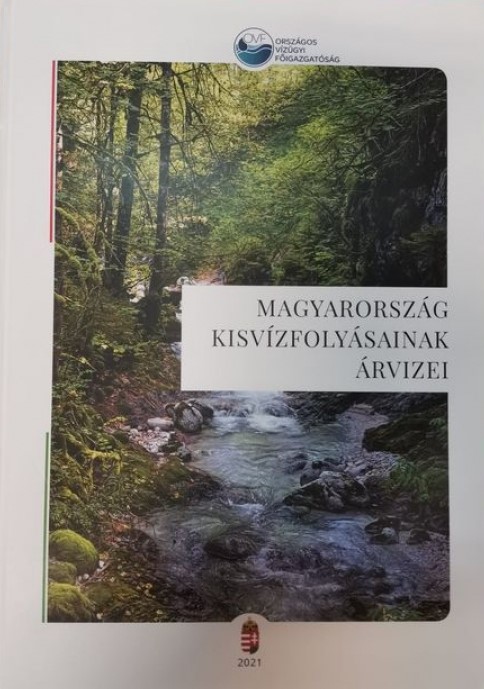Abstract
Aim: It is also crutial that floods (flash floods in special cases), preparedness, and prevention, such as forecasting and protection also require special attitudes and special solutions from the water management profession and other involved organizations, governmental and non-governmental. Also, there are tasks for local governments, many times they are responsible for flood protection, but not well prepared for fast reactions. Prevention here means that they have action plans (municipal water damage prevention plans) that contain ready-made
solutions to extreme situations, thus shortening the intervention time.
Methodology: With the professional and financial support of István Láng, Director General of the General Directorate for Water Management, the water service decided to invite Dr. Kálmán Koris to prepare a textbook and a guidance, with the involvment of colleagues. A catalogue of Hungary’s small hilly watercourses was prepared within the framework of the book, assessing their characteristics and evaluating their behavior, based on recent data. We need a point of reference for defense, in this case we focus on how much flooding (pluvial flood) we can expect on our small watercourses and how long we can expect these conditions. These values may underestimate or overestimate reality, yet provide us a more determined goal to which we can assign our tasks. Everybody should have to know their tasks in case of a flash flood, during flood control.
Findings: Small watercourses are causing more often unexpected events. Until now, it was not possible to process and evaluate their properties so comprehensively. Based on experience, it can be stated that this segment of Hungarian water management has been pushed to the background, due to the record floods of our large rivers. However, the phenomena that have taken place in recent years and decades can be taken as a warning. This is exaggerated by the fact that floods of small watercourses (pluvial floods) and flash floods demanded human life last time in Tótvázsony, Veszprém County, on June 14, 2020. Before that, a man lost his life in Mád, Tokajhegyalja, on May 4, 2005, when he wanted to
save his car from the flow of a stream. A flash flood of Ajkarendnek in 1975 also claimed a life. In comparison, the last large scale icy flood of the Danube in 1956, only claimed two soldiers and three civilian casualties (URL1). However, it should be emphasized that these relative numbers can show a trend for Europe and the world. According to available data from 2006 to 2016, or in almost 10 years, a total of 966 lives were claimed by floods in the EU Member States, an average of 3.5 people per year (EU2017). In contrast, in the case of Hungary (based on the 55-year average) - compared to the 10-year EU average (3.5) - 1.45 people die every 10 years.
Value: The textbook entitled Pluvial floods in Hungary has been prepared in two forms, in printed version it is divided into three parts, on 345 pages and describes the hydrological characteristics of small hillside watercourses, with 107 photographs, 102 figures and 106 tables. The electronic version contains more, on 753 pages. Time series and trend line graphs, distribution functions and data sets for small watercourses in the area of operation of each water directorate. Probability multipliers and specific flood yields are also described for separate runoff regions and watercourses. The hydrological characteristics of a total of 249 small watercourses of six water directorates (Northern-Transdanubian, Central Transdanubian, South-Transdanubian, Western-Transdanubian, Central-Transdanubian and Northern Hungary) can be found in the publication. Its making more specail, that in the third chapter „Pluvial floods in Hungary” there are 28 events was analized by different approach (hidrometeorology and flood control).

